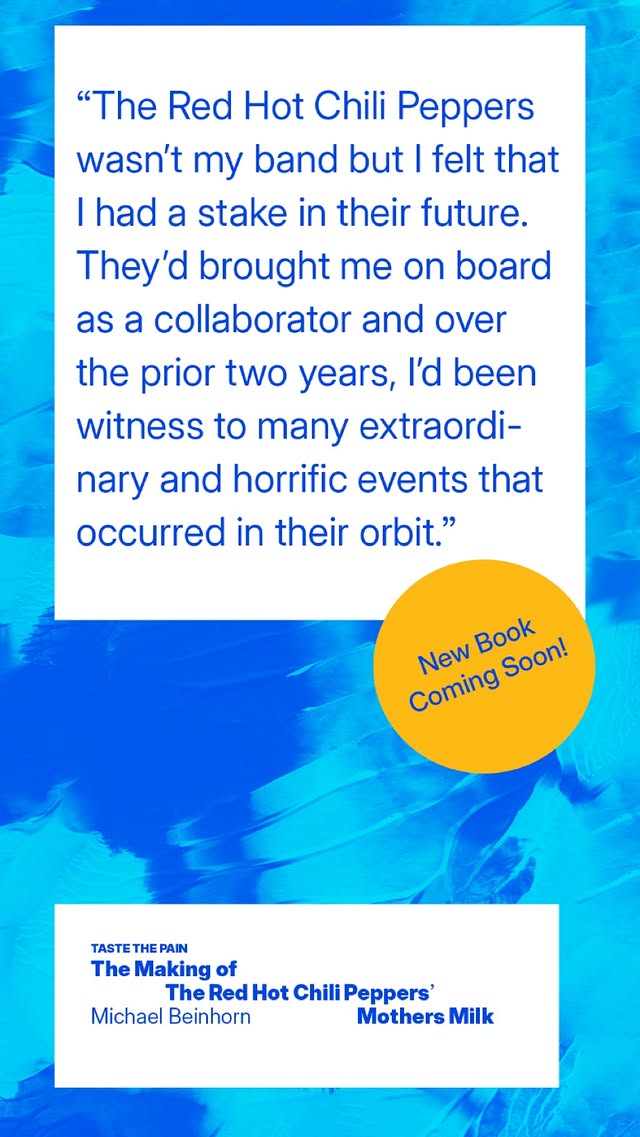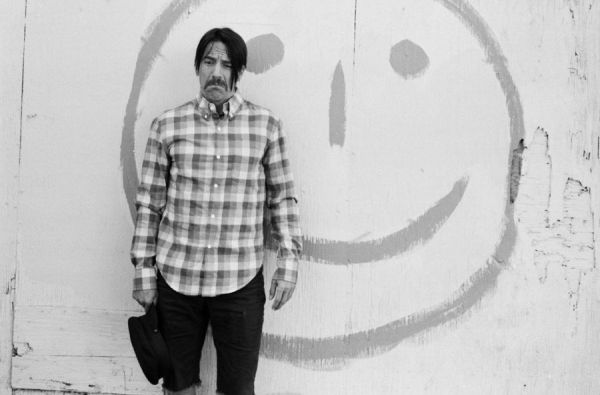25 éve ezen a napon jelent meg a Red Hot Chili Peppers negyedik albuma, a Mother’s Milk. A lemez ugye elég komoly változásokat hozott a zenekar életébe, hiszen Hillel Slovak elvesztése után ezen a lemezen szerepelt először John Frusciante és Chad Smith. Ebből az alkalomból a Rolling Szone magazin készített interjút Chaddel. Szó esik az akkori időkről, és egy lehetséges újra kiadott lemezről.
So you were like 26 around this time?
Yeah, I just turned 27 in ’88 by the time I met them in December. Anthony and Flea were 26 — birthdays always within two weeks of us —and John was like, 18. He was brand new — never been in a band, playing in his favorite band, and he was just a ball of energy. I mean, at the time, everything we did was fast and hard and y’know, it was exciting. I didn’t know that much about the band — „Oh, yeah, y’know, the guys with the socks on their dicks and they’re kind of crazy.”
As soon as I joined, we went right into writing songs — I think they had a couple songs prior to that. Of course, we did the Stevie Wonder cover [„Higher Ground”], which was sort of our breakthrough thing on MTV and all that. But it was like get right in there and started writing. I may have done one gig at the Roxy or something — or half a gig on some other band’s equipment — but we just went right into writing and music and it was pretty exciting and fun. And in a couple months, maybe, we were recording by February or March, which is a pretty short time compared to now. We take six to nine months to write music. But it was that initial excitement of new guys in a band, new music. It felt kind of magical and felt like a new chapter for the band. Anthony was newly sober. It was definitely a new thing for us, and I loved it. I thought, „This is great!”
We did a little tour of, like, Florida. Literally, when I joined the band, I had like $20 in my Bank of America checking account. And we did a little 10-day tour and I made $10,000. And I was like, „I’m fuckin’ rich!” I’ve never even seen that kind of money, or anything with a „thousand” behind it. I couldn’t believe it — I was like, „This is amazing! Oh my God!” It was incredible, like I hit the lottery, man. It was amazing.
What was the last steady job that you had? Did you work in L.A.?
I did, yeah. My friend that I slept on his couch… He moved to California and he was working in production — on films and commercials and music videos. So he got me a job working for a company called Boyington Films and they did commercials and some rock videos. The first rock video I worked on — which was literally only a month after I moved out there — was Keith Richards’s first solo album, Talk is Cheap. The song was called „Take It So Hard,” and I’m of course a huge Rolling Stones fan. There were little mountains in the background — made out of tinfoil and plywood, fake mountains — so I helped make those, but I got to go be on the set, during the video shoot, in Hollywood. I was so excited like, „Wow — breathing the same air as Keith Richards. Wow!”
And I was halfway hoping he wasn’t going to come in or talk to the director like, „Oh, I don’t think the angle of shot is quite right. I don’t know about this or that.” He was like, two hours late, came stumbling out of the limo, big bag of coke and a switchblade. And I was like, „Yes! Rock lives!” They actually plugged in and played, between takes. Steve Jordan, I remember, was playing bass. I was just like, „Wow, this is the coolest thing ever.” And I worked on some other videos — y’know, art department stuff. P.A.: get the coffee, set up the lights, run the spotlights, paint the car in the Huey Lewis video — whatever it was. That was my main thing up until I joined the Peppers.
Then we started doing videos for Mother’s Milk. We did our first two videos back-to-back — and I had the same company that I’d been working for. So the same director I was working with, was now setting up my drums. I was like, „I got it,” and they’re like, „No, no, I got it, it’s our job. You’re the talent, now!” [laughs] So it was a little bit of a change.


